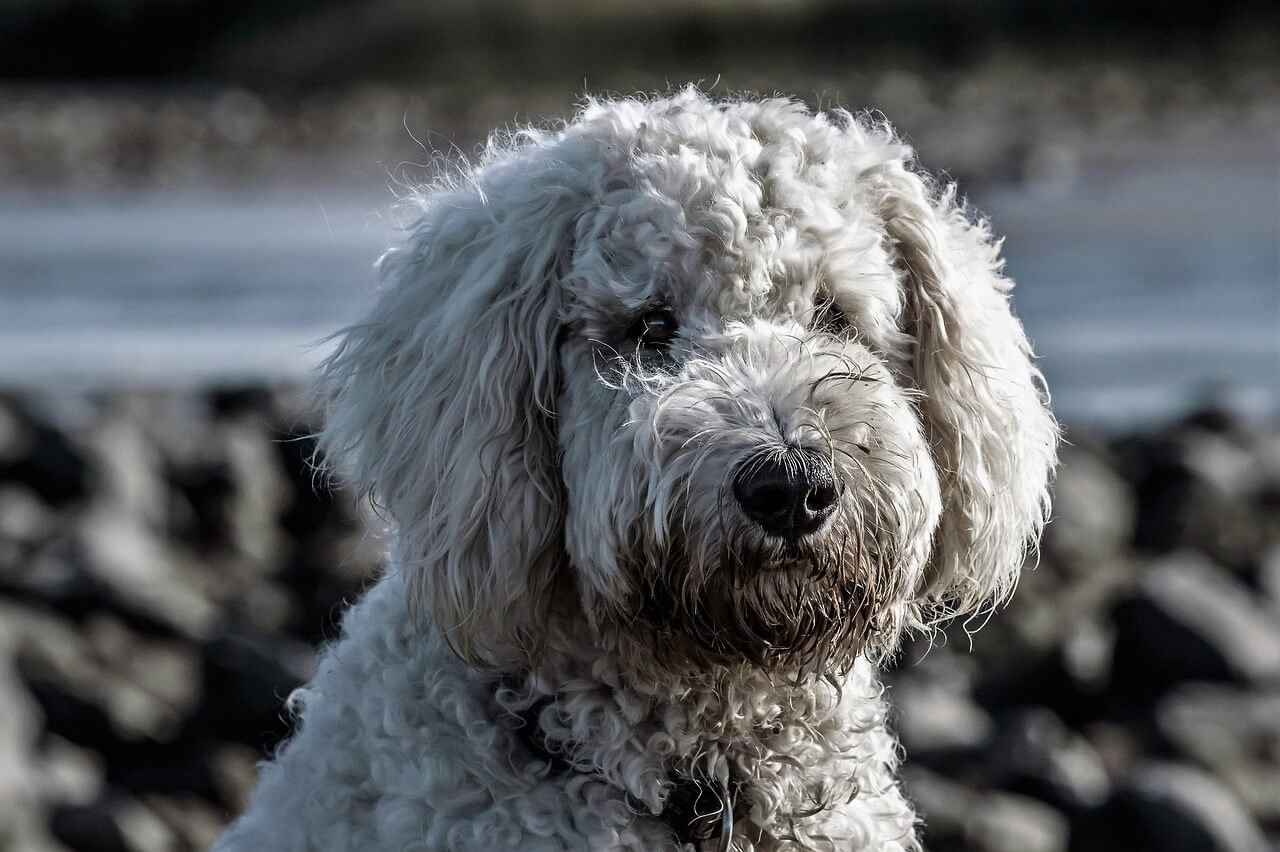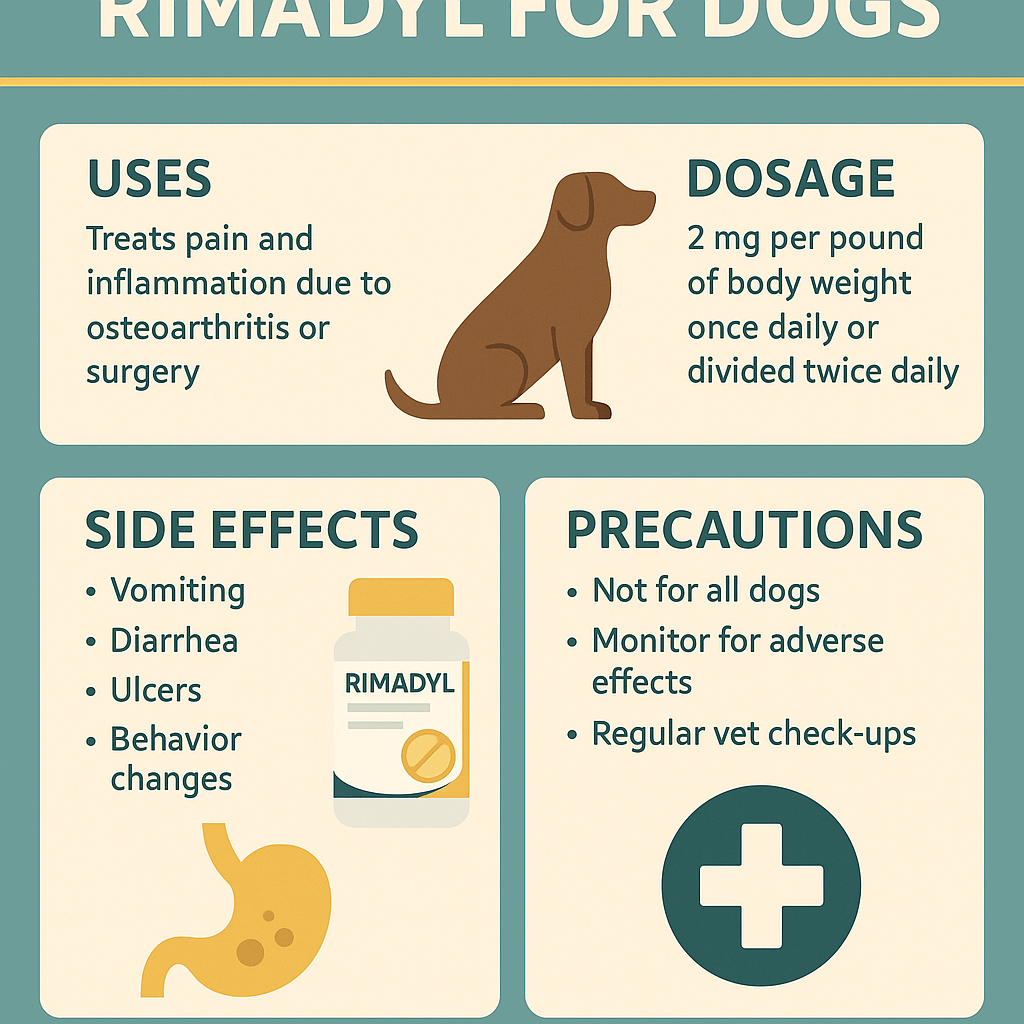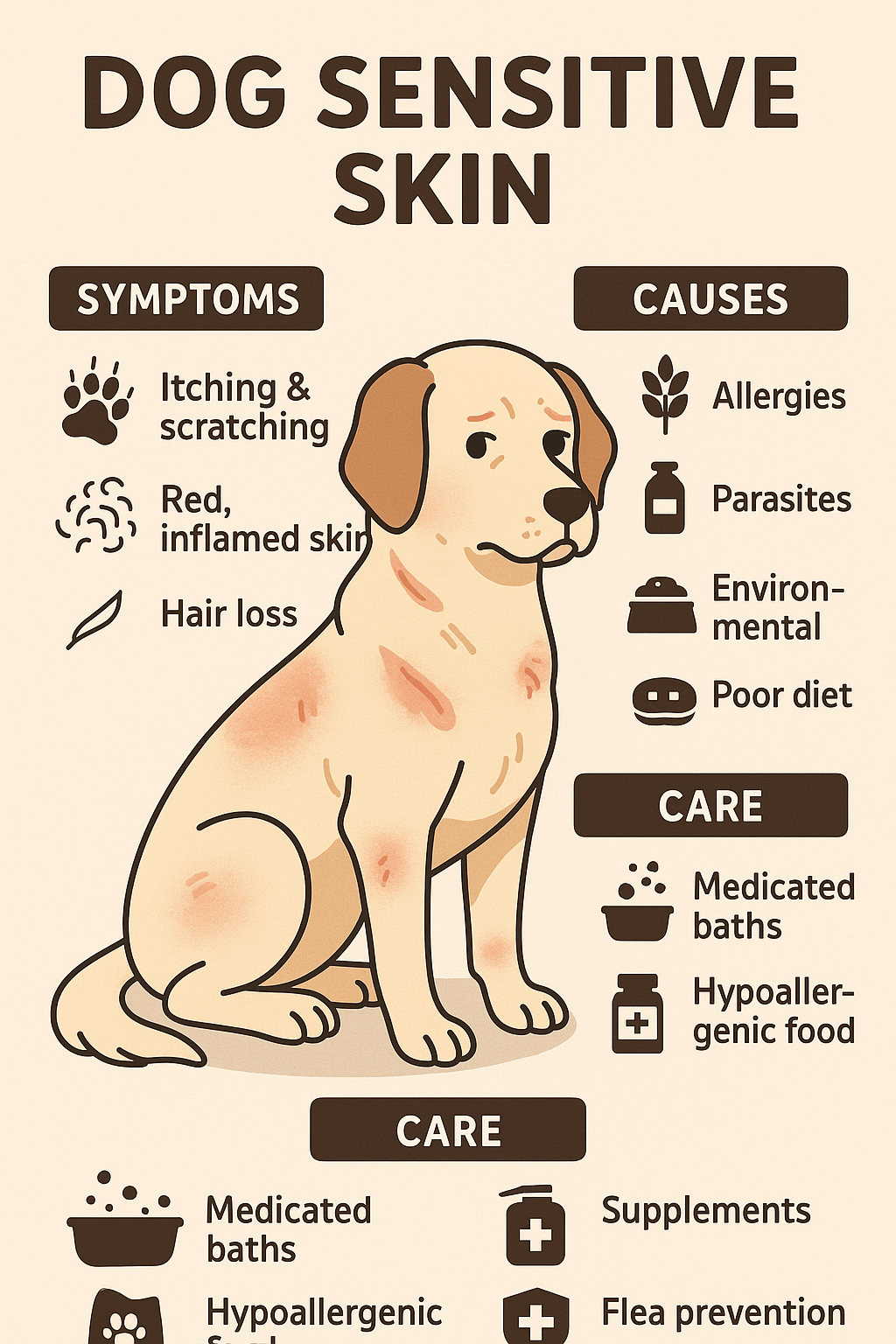How to Crate Train an Older Dog: A Compassionate and Effective Approach
Bringing an older dog into your life is a rewarding experience, but it often comes with unique challenges. One common hurdle is crate training, which many assume is only for puppies. However, crate training an older dog is not only possible but can also be highly beneficial for both you and your furry companion. Whether you’ve recently adopted a senior dog or are looking to introduce structure to your pet’s routine, this guide will walk you through the process step by step. With patience, consistency, and a positive mindset, you can create a safe and comforting space that your older dog will come to love.
Why Crate Training Benefits Older Dogs
Crate training isn’t just about discipline; it’s about creating a secure environment where your dog feels safe and relaxed. Here’s why crate training can be particularly advantageous for older dogs:
- Provides a Safe Haven: A crate becomes a personal retreat where your dog can retreat when feeling overwhelmed or stressed.
- Supports House Training: Even older dogs may need help with house training, especially if they’re adjusting to a new home.
- Encourages Calm Behavior: A crate helps manage anxiety and prevents destructive behaviors when you’re not around.
- Facilitates Travel and Vet Visits: A crate-trained dog is more comfortable during car rides or vet visits.
- Strengthens Your Bond: Positive reinforcement during crate training builds trust and strengthens your relationship.
By understanding these benefits, you’ll see that crate training is not about confinement but about nurturing a sense of security and routine for your older dog.
Essential Steps to Start Crate Training an Older Dog
Getting started with crate training requires a thoughtful approach. Here’s how to begin the process in a way that respects your dog’s age and experience:
- Choose the Right Crate: Ensure the crate is spacious enough for your dog to stand, turn around, and lie down comfortably.
- Introduce the Crate Gradually: Place the crate in a common area and let your dog explore it at their own pace.
- Make It Inviting: Add soft bedding, familiar toys, and perhaps an old blanket with your scent to make the space welcoming.
- Use Positive Reinforcement: Reward your dog with treats, praise, or playtime whenever they show interest in the crate.
- Avoid Forcing Entry: Never push your dog into the crate, as this can create fear or resistance.
Starting slow and keeping the process positive sets the foundation for successful crate training. Remember, every dog is different, so tailor the steps to suit your companion’s personality and needs.
Expert Opinion: The Importance of Positive Reinforcement in Crate Training
Renowned dog trainer and behaviorist Patricia McConnell emphasizes the role of positive reinforcement in crate training, stating: “Dogs learn best when they associate an action with something pleasant. By rewarding calm behavior around the crate, you’re building trust and reducing anxiety, which is especially crucial for older dogs adjusting to new routines.”
Check this guide 👉 How to Collapse a Dog Crate: 7 Pro Tips for Easy Storage!
Check this guide 👉 Top 5 Best Wooden Dog Crates for Ultimate Pet Comfort!
Check this guide 👉 Top 5 Best Metal Dog Crates for Ultimate Safety and Comfort!

Pros of Crate Training an Older Dog | Cons of Crate Training an Older Dog |
|---|---|
Provides a safe and secure space | May take longer than with a puppy |
Helps with house training | Initial resistance from the dog |
Reduces anxiety in unfamiliar settings | Requires patience and consistency |
Prevents destructive behaviors | Potential for misuse if done incorrectly |
Strengthens the bond with your dog | Not suitable for all dogs (e.g., anxious ones) |
Check this guide 👉 Top 5 Ultimate XL Dog Crates for Maximum Comfort & Security!
Common Mistakes to Avoid During Crate Training
While crate training can be incredibly effective, certain mistakes can hinder progress and create negative associations for your dog. Here’s what to avoid:
- Using the Crate as Punishment: Never send your dog to the crate as a form of punishment, as this will make them fear it.
- Skipping Positive Reinforcement: Neglecting rewards can make the crate feel like an unwelcome place.
- Leaving the Dog Too Long: Extended periods in the crate can lead to discomfort and stress.
- Ignoring Signs of Anxiety: If your dog shows signs of distress, address it immediately instead of forcing them to stay.
- Rushing the Process: Every dog learns at their own pace, so rushing can backfire.
By avoiding these pitfalls, you’ll ensure that crate training remains a positive and productive experience for your older dog.
Check this guide 👉 Top 5 Best Dog Crate Options for Your Beloved Pet!
Tips to Make Crate Training Enjoyable for Your Dog
Transforming the crate into a happy place is key to successful training. Here are some tips to make the process enjoyable:
- Feed Meals Near the Crate: Start by feeding your dog close to the crate, then gradually move the bowl inside.
- Play Games Around the Crate: Encourage curiosity by tossing treats or toys near or inside the crate.
- Incorporate Chew Toys: Provide long-lasting chews to keep your dog entertained while in the crate.
- Practice Short Sessions: Begin with brief periods in the crate and gradually increase the duration.
- Stay Calm and Confident: Your demeanor influences your dog, so remain patient and composed.
With these strategies, you’ll help your dog associate the crate with positivity and comfort, making the transition smoother for everyone involved.
How to Troubleshoot Challenges During Crate Training
Even with the best intentions, challenges can arise during crate training. Don’t worry—these hurdles are normal and can be overcome with the right strategies. Here’s how to address common issues:
Resistance to Entering the Crate:
- Place high-value treats or toys inside to entice your dog.
- Use a cheerful tone when encouraging them to approach the crate.
- Avoid forcing them; let curiosity guide their first steps.
Whining or Barking in the Crate:
- Ensure basic needs like bathroom breaks and exercise are met before crating.
- Ignore attention-seeking behavior but check for signs of genuine distress.
- Gradually increase crate time to build tolerance.
Anxiety or Fear of the Crate:
- Move the crate to a quieter location if your dog seems overwhelmed.
- Drape a light blanket over part of the crate to create a cozy atmosphere.
- Spend time near the crate to reassure your dog that they’re not alone.
Accidents Inside the Crate:
- Limit food and water intake before crating to reduce the likelihood of accidents.
- Clean the crate thoroughly to eliminate any lingering odors.
- Revisit house training basics to reinforce good habits.
Overdependence on the Crate:
- Balance crate time with plenty of outdoor play and social interaction.
- Use the crate as a tool, not a permanent solution for managing behavior.
- Gradually decrease crate time as your dog becomes more comfortable in your home.
By addressing these challenges proactively, you’ll ensure that crate training remains a positive and effective experience for your older dog. Every small adjustment brings you closer to success!
Enhancing Your Dog’s Crate Experience: Creative Ideas to Try
Making the crate a truly inviting space can significantly boost your dog’s willingness to use it. Here are some creative ideas to enhance their crate experience and make it feel like a home away from home:
Personalize the Space:
- Add a soft, washable bed that fits your dog’s size and comfort preferences.
- Include a blanket or item of clothing with your scent to provide reassurance.
- Hang a lightweight curtain or fabric around the crate for added privacy if your dog seems to enjoy it.
Incorporate Sensory Comforts:
- Use calming scents like lavender or chamomile near the crate (ensure they’re pet-safe).
- Play soothing music or white noise to drown out household sounds that might cause stress.
- Place a small fan nearby for airflow, especially during warmer months.
Make It Fun:
- Hide treats inside the crate for your dog to discover during exploration.
- Rotate toys regularly to keep things interesting and engaging.
- Teach simple commands like “Go to your crate” and reward compliance with enthusiasm.
Create a Routine:
- Use the crate consistently at specific times, such as during meals or bedtime.
- Pair crate time with positive activities, like a favorite chew toy or a special snack.
- Establish a calming pre-crate ritual, like a short walk or gentle petting session.
Monitor Progress:
- Observe how your dog interacts with the crate over time.
- Adjust elements like bedding, location, or routine based on their preferences.
- Celebrate milestones, no matter how small, to reinforce success.
By incorporating these creative touches, you’ll transform the crate into a place your older dog genuinely enjoys spending time in. A happy, comfortable dog is the ultimate goal—and these ideas can help you achieve just that!
How to Gradually Increase Crate Time for Your Older Dog
Building up your dog’s tolerance for spending time in the crate is a gradual process that requires careful planning. Rushing this step can lead to frustration or anxiety, so it’s important to take it slow. Here’s how to incrementally increase crate time while keeping your dog comfortable and relaxed:
Start with Short Sessions:
- Begin by closing the crate door for just a few minutes while you’re nearby.
- Stay in the same room to reassure your dog that they’re not alone.
- Gradually extend the duration as your dog becomes more comfortable.
Incorporate Daily Activities:
- Use the crate during predictable times, such as while you’re preparing meals or taking a shower.
- Pair crate time with activities your dog enjoys, like chewing on a favorite toy.
- Avoid using the crate only for leaving the house; mix it into your daily routine.
Practice Leaving the House:
- Step outside for short periods, even if it’s just to grab the mail or water plants.
- Return calmly and reward your dog for staying quiet and relaxed.
- Slowly increase the time you’re away as your dog adjusts to being alone in the crate.
Monitor Stress Signals:
- Watch for signs of discomfort, such as panting, pacing, or excessive whining.
- If your dog seems stressed, shorten the session and try again later.
- Adjust the environment (e.g., add a blanket or move the crate) to help them feel more secure.
Celebrate Small Wins:
- Reward calm behavior with treats, praise, or playtime after crate sessions.
- Acknowledge progress, even if it’s incremental, to keep motivation high.
- Remember that consistency is key—small steps lead to big results over time.
By gradually increasing crate time in a thoughtful and supportive way, you’ll help your older dog build confidence and comfort in their new space. Patience and positivity will ensure that the crate becomes a place of relaxation rather than stress.
Frequently Asked Questions About Crate Training an Older Dog
Is it too late to crate train an older dog?
No, it’s never too late! While puppies adapt quickly, older dogs can also learn to love their crate with patience and consistency.
How long should my dog stay in the crate?
Limit crate time to a few hours at a time, ensuring your dog gets regular breaks for exercise and bathroom breaks
What if my dog barks or whines in the crate?
Ignore the behavior initially, but check for signs of distress. Gradually increase crate time to help them adjust.
Can I use the same crate for multiple dogs?
It’s best to provide each dog with their own crate to avoid territorial issues.
Should I cover the crate?
Covering the crate can create a den-like atmosphere, but it’s optional based on your dog’s preference.
The Rewards of Crate Training an Older Dog
Crate training an older dog may seem daunting at first, but the rewards far outweigh the effort. By creating a safe and comforting space, you’re not only helping your dog adjust to their new environment but also fostering a deeper bond between you. Remember, patience and consistency are key—every small step forward is a victory. With the right approach, your older dog will soon view their crate as a cherished sanctuary. Embrace the journey, celebrate the milestones, and enjoy the companionship of a happy, well-adjusted pet.
Rimadyl for Dogs: Best 7 Expert Tips! Discover expert advice on using Rimadyl safely, managing pain, and improving your dog’s mobility with trusted veterinary insights.
Can Dogs Have Tylenol for Pain? Best 7 Expert Tips! Discover the risks, safe alternatives, and expert advice on managing your dog’s pain effectively while avoiding harmful medications.
Understanding Hemophilia in Dogs: Best 7 Expert Tips! Discover expert advice on managing hemophilia, recognizing symptoms, and ensuring your dog’s well-being with practical care strategies.
Understanding Dog Sensitive Skin: Best 7 Expert Tips! Discover expert advice on managing dog sensitive skin, relieving irritation, and improving your pup’s comfort with practical solutions.





